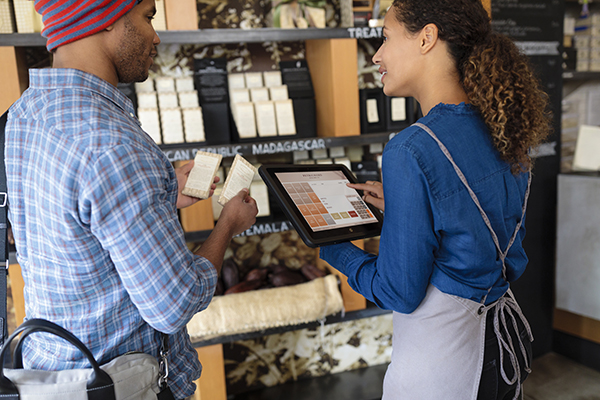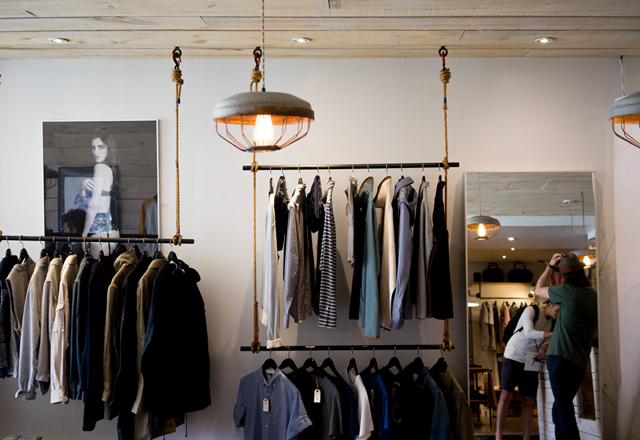
Pop-ups project a fun, trendy and intimate attitude to customers, and for retailers they can function as an integral part of an omnichannel strategy.
Pop-up stores represent a temporary opportunity for shoppers to take advantage of something new that a brand wants to promote. Businesses can also use pop-ups to test out new technology before making a larger change in their stores.
Pop-Ups creating Omnichannel Buzz

By their very nature, they generate buzz, and that can be parlayed into creating an excitement for a retailer’s other channels: online, mobile and in-store.
For example, a retailer might incorporate QR codes into a display that leads them to a scavenger hunt via the brand’s app.
The app might then continue the fun through gamification during the checkout process. Looping in a loyalty or rewards program adds to the positive and interactive customer experience.
Pop-Ups and Social Media Incentives

Pop-ups naturally complement social media. The excitement created by suggesting a “limited engagement” combined with an engaging atmosphere encourages interaction with customers.
The result is an experience that social influencers can’t resist. Social engagement generates enthusiasm for the pop-up store, and vice versa.
Exciting pop-up experiences attract hardcore social media users who can’t help but share how they spent their time interacting with the brand. And that publicity doesn’t just impact these small satellite shops; once followers see what their favorite influencers are raving about, they’ll start visiting not only the pop-ups but also the brick-and-mortar sites, as well as related websites.
Brand Awareness Boost

Brand awareness and connecting with consumers are the two most popular reasons for launching a pop-up.
Customers have become burnt out from traditional “push” marketing tactics such as paid ads, and pop-ups offer a fresh take for brands to get attention.
They encourage customers to not only shop, but also to take part in marketing the brand.
Pop-ups can pair the physical storefront with digital marketing. They are the springboard for an omnichannel journey.
Having the right POS platform helps retailers that collect data from new customers they’ve attracted at a pop-up event and parlay them into future loyal customers; the POS data from the event is seamlessly and efficiently integrated with every channel.
That’s where a POS platform and customer management system for omnichannel retail – like Retail Pro Prism – comes in.
As a hybrid from both the physical and digital worlds, they tie all channels together – functioning as a place for completing transactions, fulfilling purchases, building community, and encouraging discovery as well as being their own unique destinations.

4 ways to use pop-ups’ popularity to boost your brick & mortar strategy















































